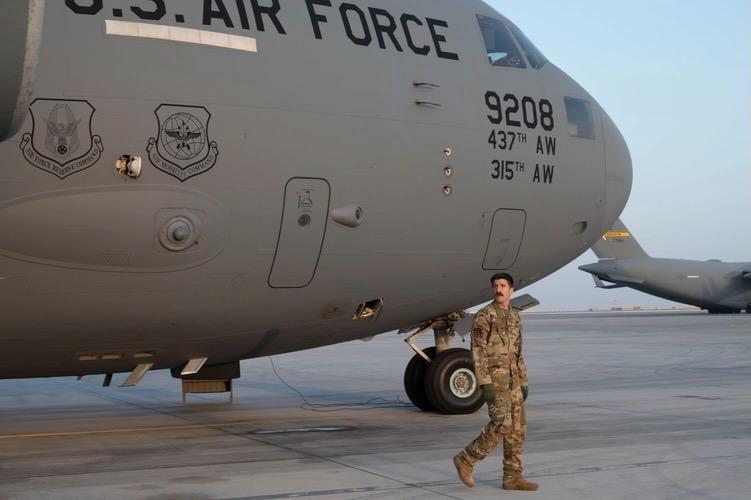Lessons From the 12-Day War: Military Leaders Need To Validate Layered Communications Before Crisis
On June 23, 2025, Iran launched a missile attack on a U.S. military base in Qatar, retaliating for the successful U.S. military strike against nuclear weapon production capabilities in Iran. While the headlines focused on the affirmative news that there was no loss of life of a single service member, Iran made a public statement that should reverberate in our bones as communicators: “The U.S. command stream and connection from Al Udeid base to its other military bases have been completely cut.”
The United States was ready when the retaliatory strikes fell and all options remained on the table for the president. As the nation’s signal corps, it is our enduring task to make sure that remains the case.
This statement from Iran lays bare a standard for readiness in warfare: communications are the strategic capability that links force direction to the application of force and, thus, a primary target for attack.
It underscores the imperative for military leaders to maintain and understand their redundant, diversified communication paths, from primary systems to alternate, contingency and emergency (PACE) to ensure continuity of command in the face of targeted, focused intent to disrupt.
Early in 2025, the leaders of Air Force Cyber Command issued an order to U.S. Air Force commanders to survey, validate and report their PACE communications capabilities planning. Whether intentional or unintentional, communications networks, like any system, experience disruption. Commanders own the responsibility to ensure readiness to continue military operations through disruption.
Fast, high-capacity communication links serving as the primary path for communications depend on physical infrastructure that can be susceptible to physical attack as well as disruption from non-kinetic effects (e.g., logical or electromagnetic attack). In the daily operating environment for a communications technician, this comes in the form of a backhoe, an uncoordinated dig or even vandalism. In the opening salvos of conflict, it comes through coordinated strike.
Alternative communications, such as satellite communications, mobile radio or airborne relays, retain connectivity when physical connections fail. If in-place, tested, functional and immediately ready to operate, they continue the command link when physical connection is severed.
Contingency and emergency communications rely heavily on preestablished procedures to address the heavily degraded states of a comprehensive attack in which hardened facilities are needed or military transmission links are greatly limited or completely denied. It is imperative to understand how each backstop will operate and to coordinate, ahead of crisis, how each will be used until higher-level capability is restored.
Arguably, technology allows us to improve on the PACE planning construct, now more than three decades old, with a new model where transition to secondary and tertiary paths doesn’t result in degradation. Software-defined networks, black-core routing and transport-agnostic communications can ensure connection for command and control through disruption. If commanders focus on and invest in continuity of operations, technology offers many paths to resilience.

This statement from Iran lays bare a standard for readiness in warfare: communications are the strategic capability that links force direction to the application of force and, thus, a primary target for attack.
The Iranian missile strike in June and subsequent statements from Iran’s senior clerical leaders illustrate how quickly a strike against U.S. and coalition communications could happen during any point in the continuum of conflict. To preserve continuity in command and control, commanders must have diverse means to communicate and validate that paths exist and function under fire.
A single structure under missile fire may be just one structure, but it may also be central to the broader structure of command. Resilience is not a luxury; it’s foundational to our fighting force’s ability to operate. In the era of precision strike, planning with the assumption adversaries will target and defeat primary command and control links is planning effectively and accurately.
In the June strikes against Qatar, Iran telegraphed the moves it’ll make first in conflict. If the spectrum of operations nears near-peer competition, anticipate the threat will only get more severe and capable from here. Quoting Sun Tzu, “If you know the enemy and know yourself, you need not fear the result of a hundred battles.”
The enemy has shown itself; we can use that insight to strengthen our readiness or enter conflict knowing the enemy will target our self-induced weakness.
Col. Mickey Jordan is the CIO for the Air Force Intelligence Community. Prior to this role, he served as the director of intelligence and operations for the 688th Cyberspace Operations Wing. He is a 2024 recipient of the AFCEA Saint Isidore Award Gold Medallion Award.




Comments